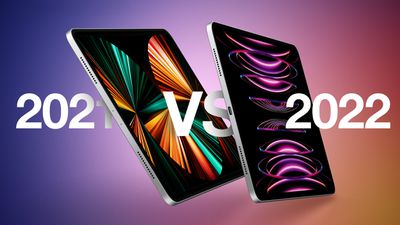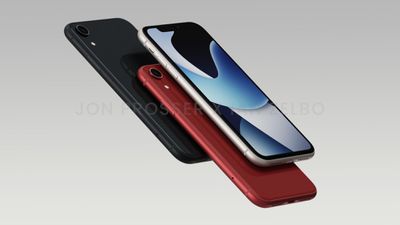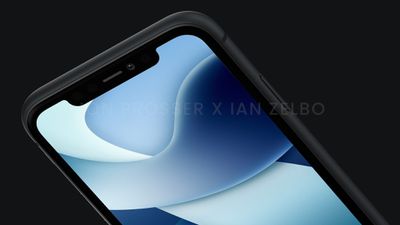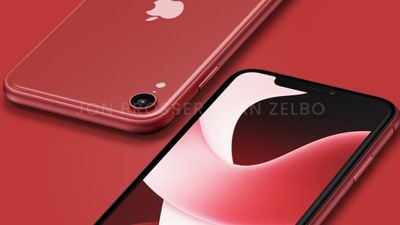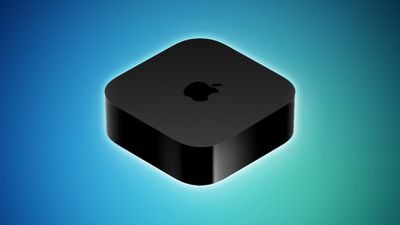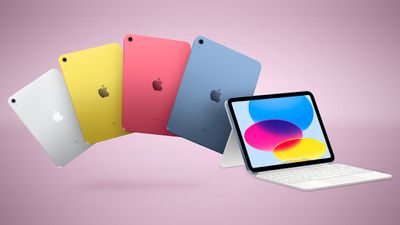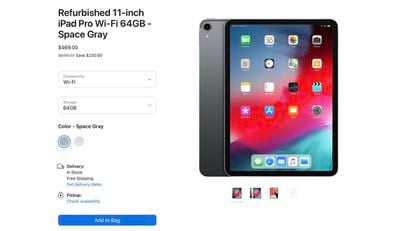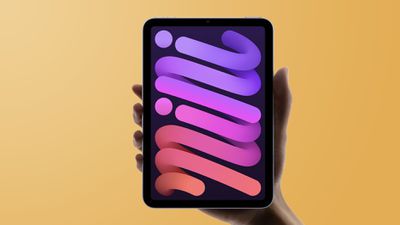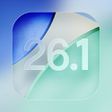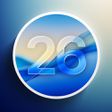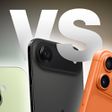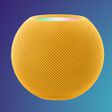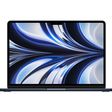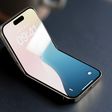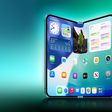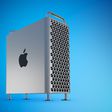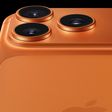As expected, Apple today confirmed in a press release that iOS 16.1 will be released on Monday, October 24 alongside iPadOS 16 and macOS Ventura.
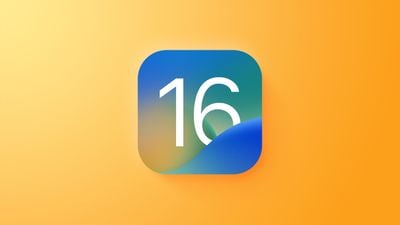
iOS 16.1 includes at least eight new features for iPhone users, such as iCloud Shared Photo Library and Live Activities support in third-party apps on the App Store, along with several bug fixes. Below, we have recapped everything new in iOS 16.1 and shared complete release notes for the update ahead of its release next week.
iCloud Shared Photo Library
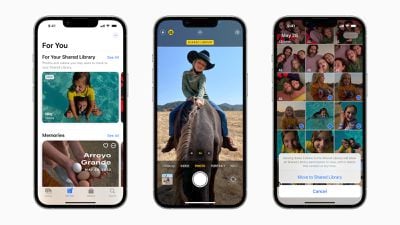
iCloud Shared Photo Library makes it easier for you to share photos with your family members or friends in the Photos app. The feature will let you and up to five other people add, edit, or remove photos in a shared library accessible via iCloud.
Live Activities for Third-Party Apps
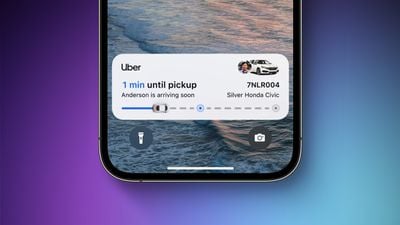
iOS 16.1 expands Live Activities to third-party apps in the App Store. The feature allows iPhone users to stay on top of real-time events, such as a sports game or a food delivery order, right on the Lock Screen or in the Dynamic Island.
Live Activities appear at the bottom of the Lock Screen on iPhone 13 models and earlier, as well as on the iPhone 14 and iPhone 14 Plus. On the iPhone 14 Pro and iPhone 14 Pro Max, Live Activities appear in the Dynamic Island when the device is unlocked, or on the Lock Screen when the device is locked or in always-on display mode.
Clean Energy Charging
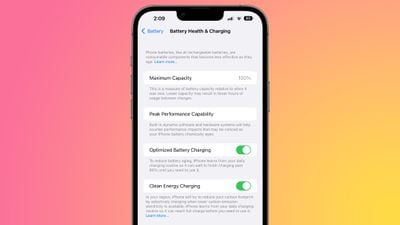
iOS 16.1 includes a new Clean Energy Charging feature that Apple says "aims to decrease the carbon footprint of the iPhone by optimizing charging times for when the grid is using cleaner energy sources." The feature is available in the U.S. only.
Apple Fitness+ Without an Apple Watch

Apple Fitness+ is available to iPhone users without an Apple Watch starting with iOS 16.1, iPadOS 16.1, and tvOS 16.1. Without an Apple Watch, iPhone users will not see real-time metrics like heart rate and calories burned during a workout.
Launched in December 2020, Apple Fitness+ features a library of over 3,000 workout and meditation videos, with new content added weekly. The subscription-based service is available through the Fitness app on the iPhone, iPad, and Apple TV in 21 countries, with U.S. pricing set at $9.99 per month or $79.99 per year.
Matter Accessories in Home App
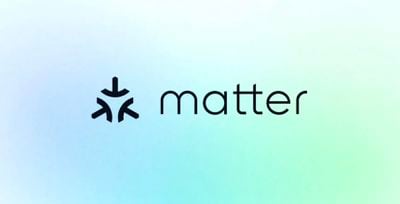
iOS 16.1 includes support for Matter, an upcoming connectivity standard that will enable compatible smart home accessories to work together seamlessly across multiple platforms, including Apple's HomeKit, Amazon's Alexa, and Google's Home.
Controlling Matter accessories with the Home app and Siri will require a HomePod, HomePod mini, Apple TV 4K, or Apple TV HD running as a home hub.
Apple Card Savings Account
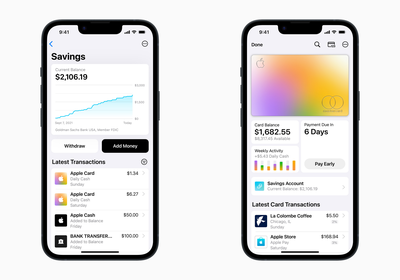
Starting with iOS 16.1, Apple Card users will be able to open a new "high-yield" savings account from Goldman Sachs and have their Daily Cash cashback rewards automatically deposited into it, with no fees, no minimum deposits, and no minimum balance requirements. Users will be able to manage the savings account in the Wallet app.
Reachability Support for Dynamic Island
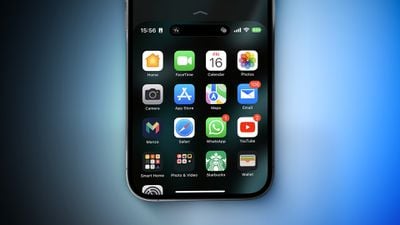
iOS 16.1 adds Reachability support for the Dynamic Island on iPhone 14 Pro models, making it easier to access with one hand.
Reachability is an optional feature that lowers the top half of the screen so it's within easy reach of your fingers. The feature can be enabled in the Settings app under Accessibility → Touch → Reachability. To use the feature, simply swipe down on the bottom edge of the screen. To return to a regular view, tap the upper half of the screen.
Key Sharing in Wallet App
iOS 16.1 allows you to securely share keys stored in the Wallet app for cars, hotel rooms, and more via messaging apps such as Messages and WhatsApp.
iOS 16.1 Release Notes
Apple's full release notes for iOS 16.1:
This update introduces iCloud Shared Photo Library making it easy to keep your family photos up to date. This release also adds support for third party apps in Live Activities, support for Apple Fitness+ on iPhone even if you don’t have an Apple Watch, and includes other features and bug fixes for your iPhone.
iCloud Shared Photo Library
- Separate library for seamlessly sharing photos and videos with up to five other people
- Setup rules allow you to easily contribute past photos based on start date or people in the photos when you set up or join a library
- Library filters for quickly switching between viewing the Shared Library, your Personal Library, or both libraries together
- Shared edits and permissions let everyone add, edit, favorite, caption, and delete photos
- Sharing toggle in Camera lets you choose to send photos you take straight to the Shared Library, or enable a setting to share automatically when other participants are detected nearby using BluetoothLive Activities
- Live Activities from third party apps are available in the Dynamic Island and on the Lock Screen for iPhone 14 Pro modelsFitness+
- Apple Fitness+ is supported on iPhone even if you don’t have an Apple WatchWallet
- Key sharing enables you to securely share car, hotel room, and other keys in Wallet using messaging apps such as Messages and WhatsApp
- Savings account enables Apple Card customers to grow their Daily Cash by depositing it in a high yield savings accountHome
- Matter, the new smart home connectivity standard, is supported enabling a wide variety of smart home accessories to work together across ecosystemsClean Energy Charging
- New setting that can try to reduce your carbon footprint by selectively charging when lower carbon emission electricity is availableBooks
- Reader controls are automatically hidden as you start readingThis update also includes bug fixes for your iPhone:
- Deleted conversations may appear in the conversations list in Messages
- Dynamic Island content is not available when using Reachability
- CarPlay may fail to connect when using a VPN app
iOS 16.1 should be released around 10 a.m. Pacific Time on Monday.


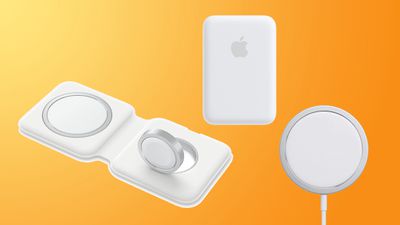 Note: MacRumors is an affiliate partner with Verizon. When you click a link and make a purchase, we may receive a small payment, which helps us keep the site running.
Note: MacRumors is an affiliate partner with Verizon. When you click a link and make a purchase, we may receive a small payment, which helps us keep the site running.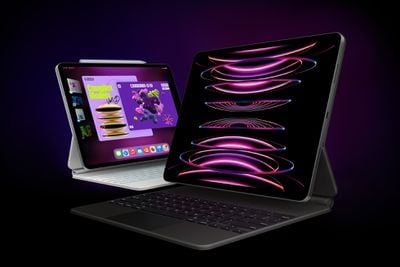

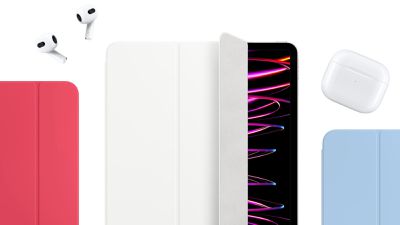
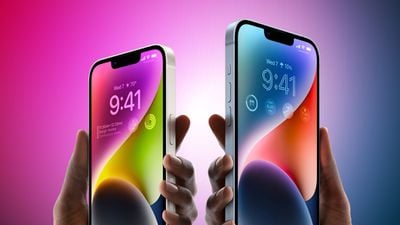
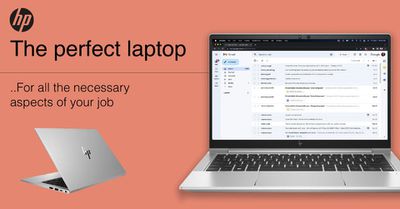
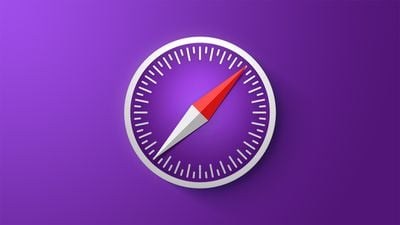
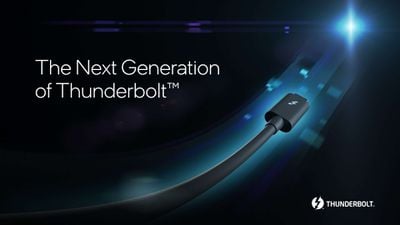
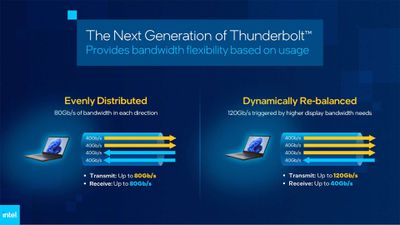
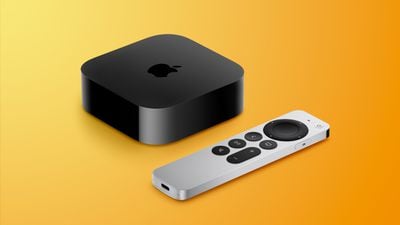
 Note: MacRumors is an affiliate partner with Amazon. When you click a link and make a purchase, we may receive a small payment, which helps us keep the site running.
Note: MacRumors is an affiliate partner with Amazon. When you click a link and make a purchase, we may receive a small payment, which helps us keep the site running.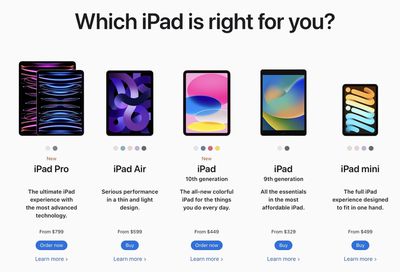
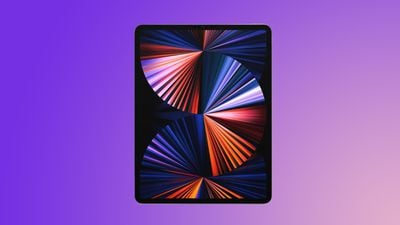 Note: MacRumors is an affiliate partner with Amazon. When you click a link and make a purchase, we may receive a small payment, which helps us keep the site running.
Note: MacRumors is an affiliate partner with Amazon. When you click a link and make a purchase, we may receive a small payment, which helps us keep the site running.